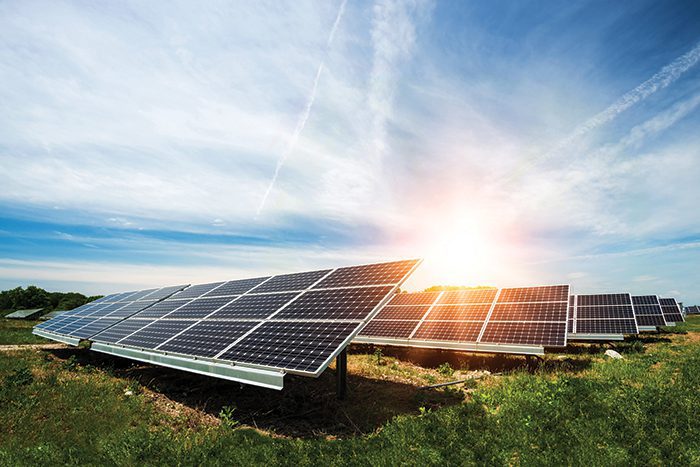Embracing the Future: Accelerating the 5G Rollout to Unlock Limitless Possibilities
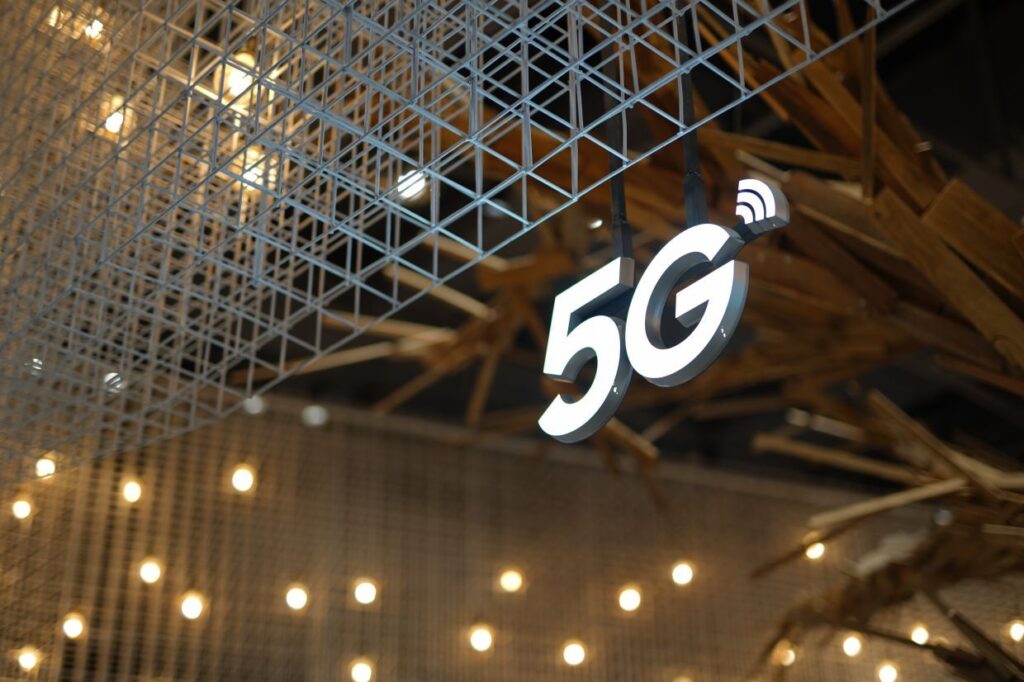
Telecommunications companies have barely completed the rollout of 5G networks, yet they’re already delving into discussions about the next evolution: ‘5.5G’ or ‘5G Advanced.’ This topic dominated conversations at the Mobile World Congress in Barcelona, where industry giants like Deutsche Telekom, Orange, Telefonica, BT, and Vodafone gathered.
The concept of 5.5G revolves around enhancing mobile internet capabilities beyond current 5G offerings. This advancement aims to support even more sophisticated applications, ranging from immersive experiences like mixed reality headsets to long-anticipated innovations such as self-driving cars and smart manufacturing through the Internet of Things (IoT).
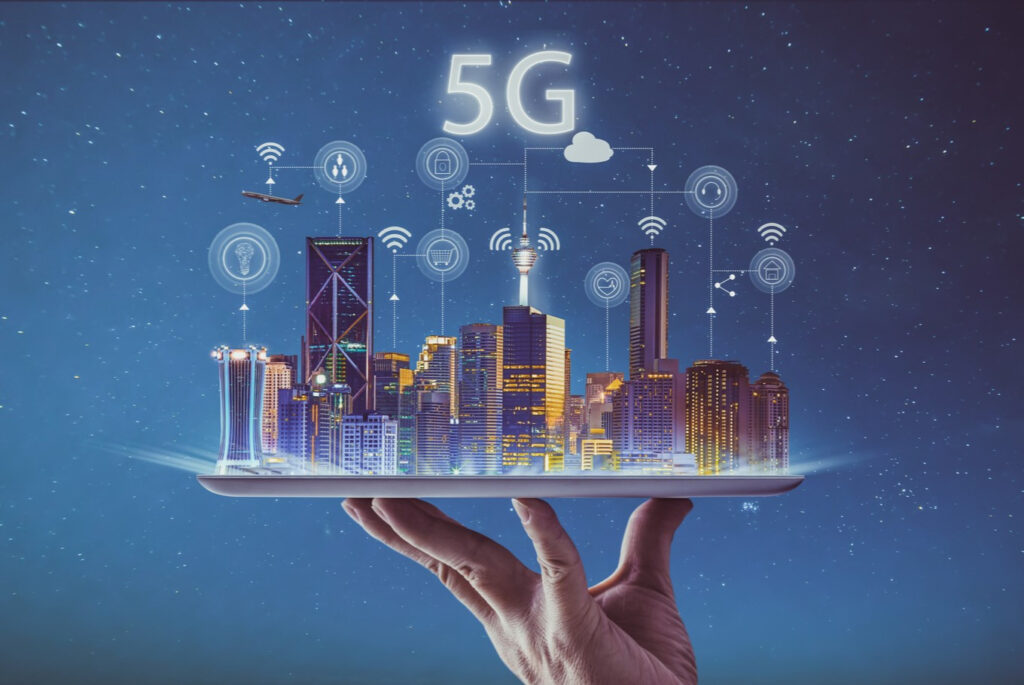
5G, as a refresher, represents the latest iteration in mobile internet technology, succeeding 4G with promises of blazing-fast data speeds and wider coverage. Despite the initial hype surrounding 5G, consumer adoption has been gradual, though steadily increasing. Nevertheless, it remains below mainstream levels even after several years since its inception.
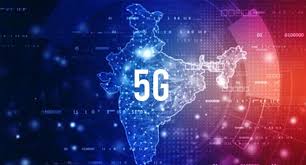
The industry’s push towards 5.5G is driven by the desire to further capitalize on the potential of mobile networks, particularly in supporting emerging technologies and industries. Unlike its predecessors, 5.5G is envisioned to offer faster uplink speeds, facilitating smoother experiences for activities like video streaming and online interactions.
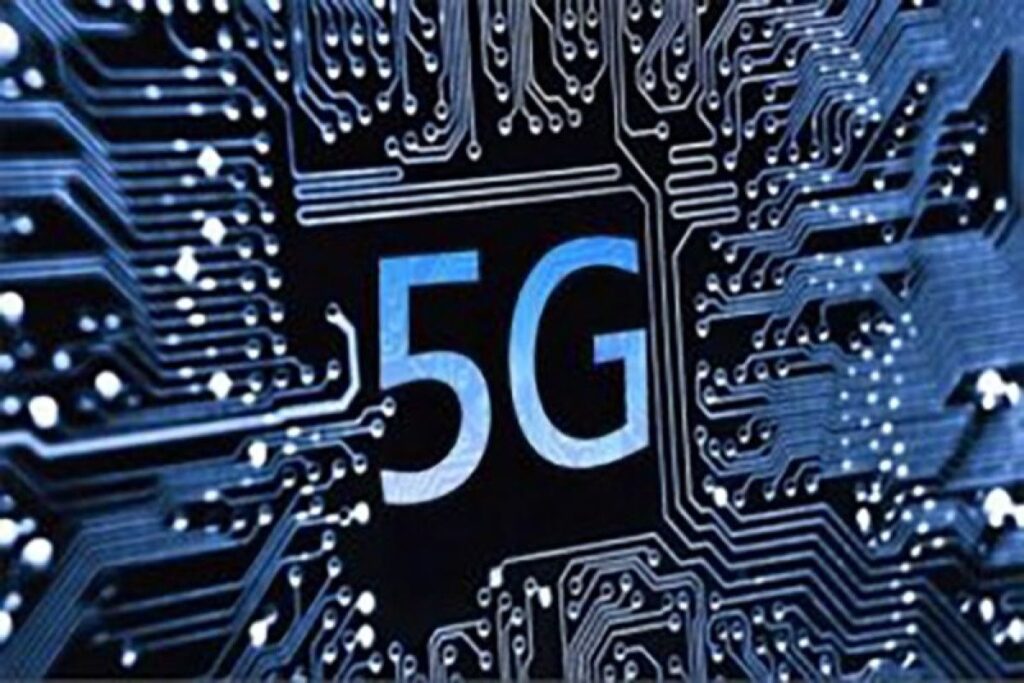
Behind the scenes, the development of 5.5G involves meticulous standards-setting processes led by organizations like 3GPP. Release 18, dubbed 5.5G, is poised to build upon the foundation laid by 5G, introducing enhancements like increased intelligence through AI and machine learning, alongside improvements in performance and energy efficiency.
While the transition from 5G to 5.5G may not yield immediately noticeable changes for consumers, telecom companies see potential in targeting enterprise applications for revenue growth. Private 5G networks, tailored for specific business needs, represent a lucrative avenue for operators to explore.

Huawei anticipates commercial deployments of 5.5G to commence in 2024, boasting impressive downlink speeds of up to 10 Gbps. However, convincing consumers to embrace this upgrade requires effective communication of the benefits and real-world applications of 5.5G.

Overall, the journey towards 5.5G signals a continuous evolution in mobile network technology, driven by the quest for innovation and the pursuit of new revenue streams. As the industry navigates this transition, ensuring sufficient bandwidth, low latency, and robust capabilities remains paramount to meeting the demands of a rapidly evolving digital landscape.




